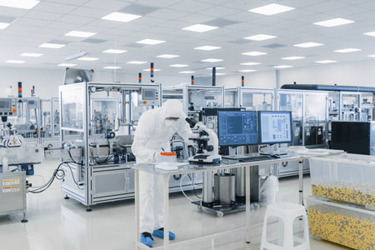Improved Biomanufacturing Using Hofmeister Series Applications
By Evan Riley, MRes., Senior Process Engineer, Kymanox Corporation, Morrisville, North Carolina, and Alyssa Riley, Juris Doctor, Sanford, North Carolina

Modern laboratories are equipped with analytical tools, like pH probes and conductivity meters, which allow scientists to document data trends during integral steps of the biomanufacturing process. Scientists rely not only on institutional knowledge and experience but also on these analytical tools to understand what is happening to the drug product on a molecular level throughout the biomanufacturing process. The process of understanding the molecular aspects of biomanufacturing is highly interdisciplinary, relying on expertise from multiple fields across the sciences and engineering.
The benefits of Hofmeister Series can be seen in all levels of the biomanufacturing process. A conscious use of Hofmeister salts can predict media interactions in upstream bioprocessing, prevent drug product aggregation for formulation and fill, or even be used to achieve better separation during High Performance Liquid Chromatography (HPLC) in the Quality Control (QC) lab (4,6,7). The Hofmeister Series applies to upstream media (for bioavailability and foam stability), downstream buffers (for purification), and to the formulation and final fill drug product stability. This process is highly interdisciplinary and includes chemistry, biology (molecular or cell biology, depending on the task at hand), environmental health and safety, and most of all, chemical engineering.
Get unlimited access to:
Enter your credentials below to log in. Not yet a member of Cell & Gene? Subscribe today.
